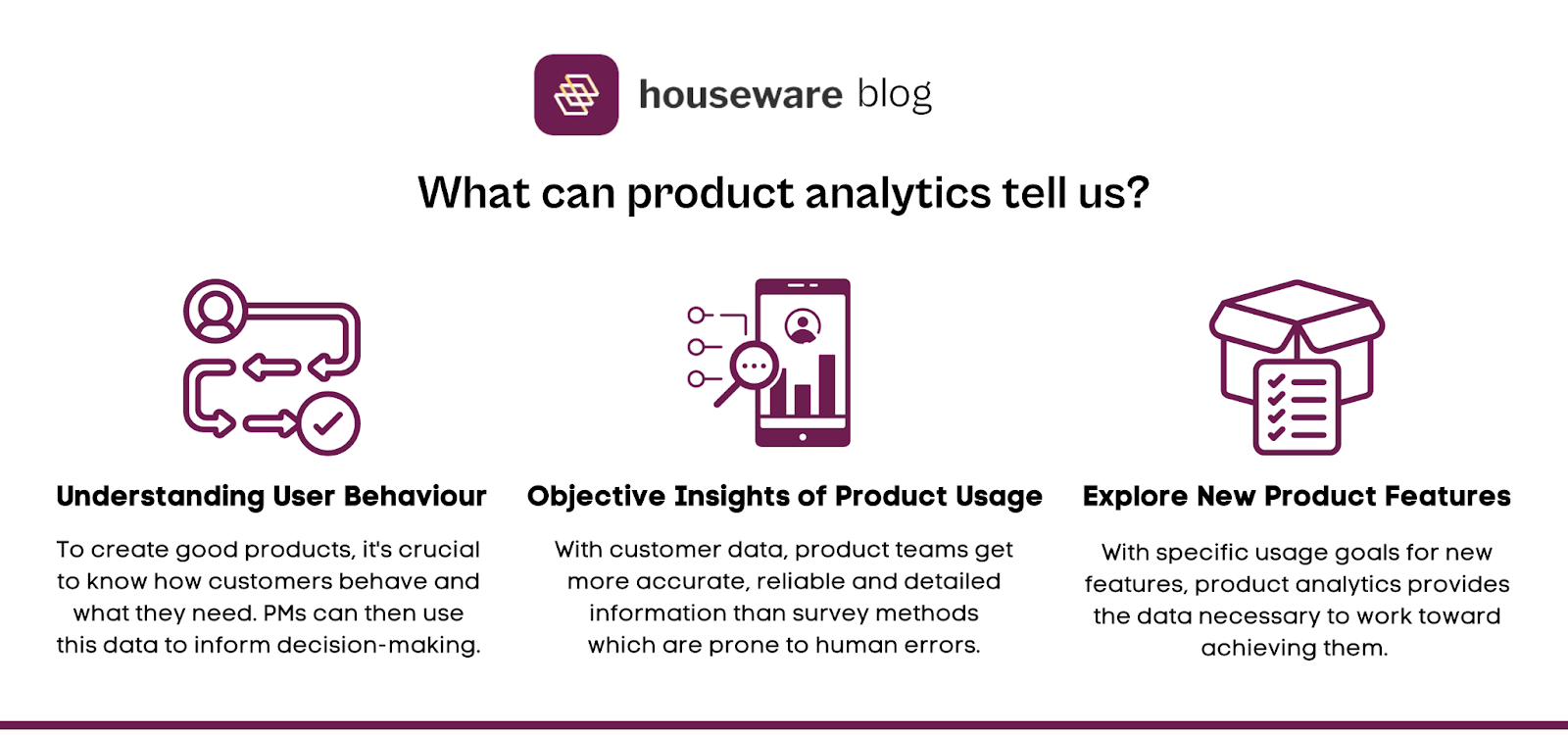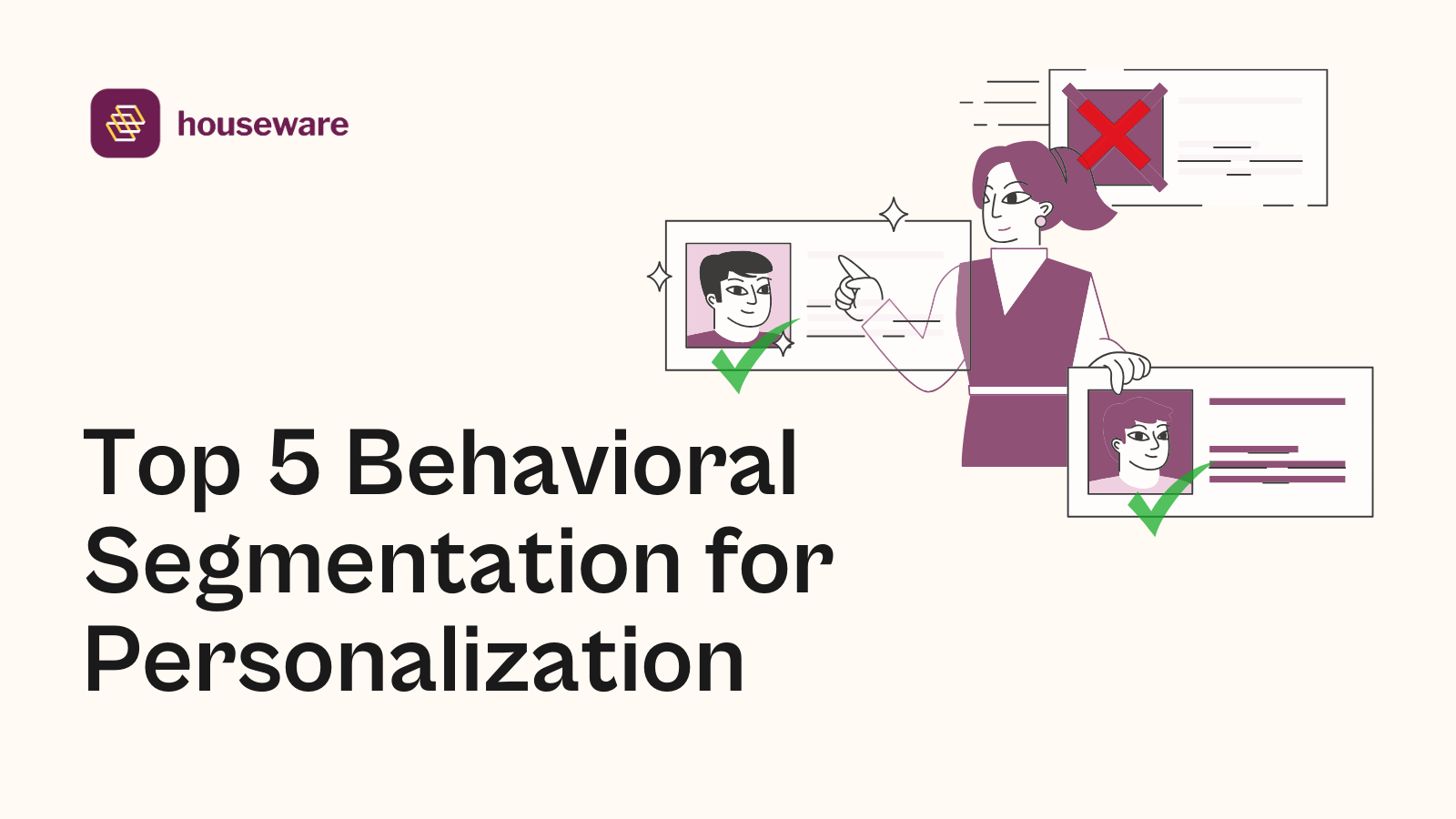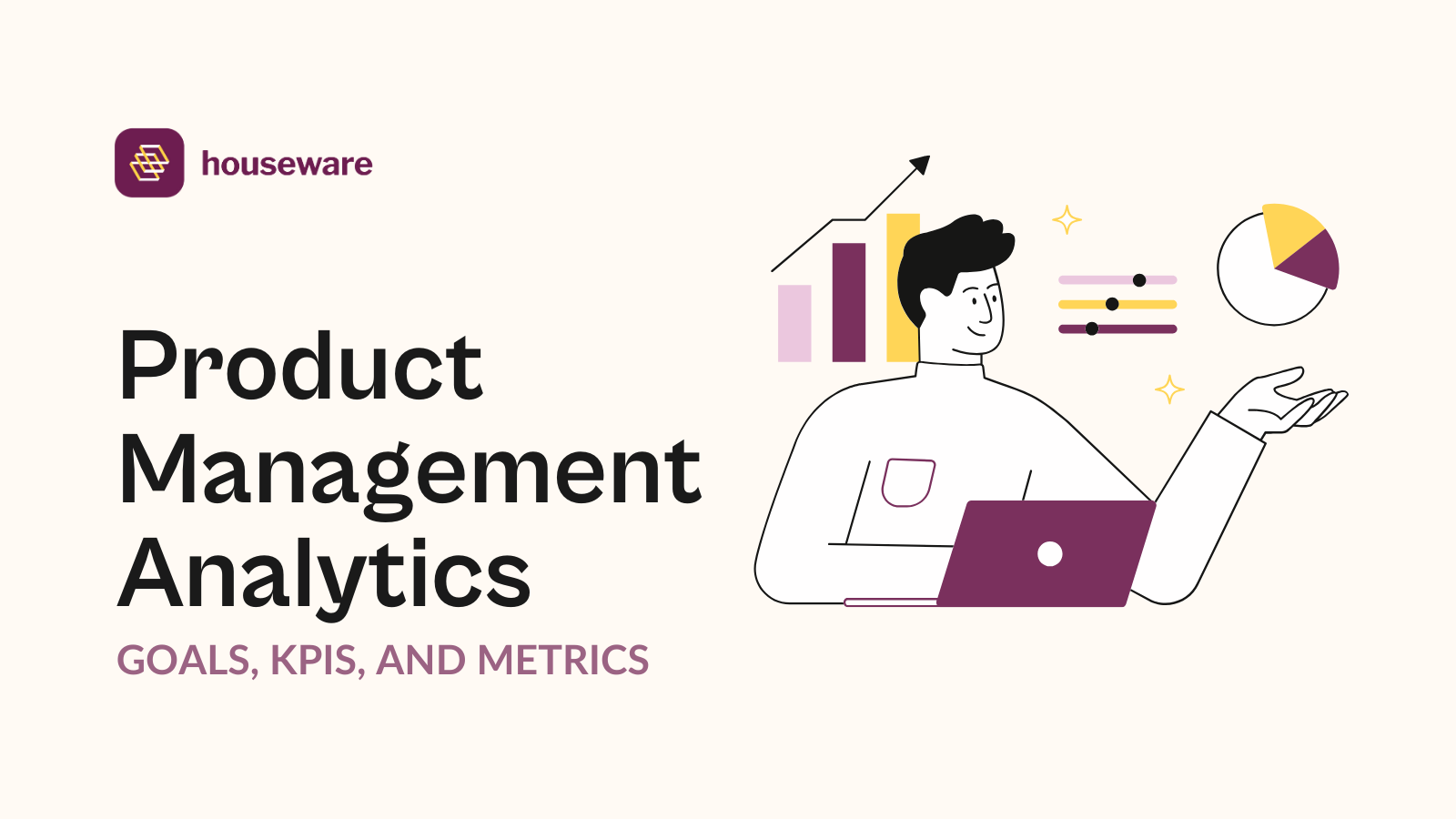Quizizz Success Story with Houseware: A Product Analytics Case Study

Quizizz has carved a niche for itself with its mission to "motivate each and every student." The platform, known for its gamified assessment, instruction, and practice, is now a staple in 86% of U.S. schools, where over 30 million activities have been created and shared.
A year or so ago, as Quizizz embarked on the next leg of the journey with goals of expansion, the team realised the need for a self-serve product analytics platform for the organisation. This is where Houseware stepped in.
We will talk about Quizizz adopted Houseware and adopted self-serve product analytics in this case study. Let’s dive in:
Quizizz: Product Overview

Quizizz is an interactive learning platform headquartered in California, USA. It has an impressive user base of 80% of schools and 30% of teachers in the United States. The platform has evolved from a concept to over 100 million users in just six years.
While its presence within the U.S. education sector is significant, Quizizz now has its sights set on the global stage, with a strong focus on catering to the international demand.
Amidst this rapid growth and expansion, Quizizz remains committed to providing an enriching and engaging learning experience for students and educators alike.
A Closer Look at Quizizz's Challenges
With scale, Quizizz faced a challenge with trying to implement product analytics. In their early growth phase, they had set up their internal systems of product analytics to handle more requests but as more people joined in, with more frequent and nuanced queries, serving everyone ended up dominating the analysts’ bandwidth entirely.
Recognising the importance of data across functions and initiatives, Quizizz was quick to start looking for a product analytics solution and this is when they came across Houseware.
Journey to Adoption
Houseware started by engaging in a series of user interviews, actively seeking to understand Quizizz's specific requirements. This approach laid the foundation for tailoring the product analytics solution to precisely fit Quizizz's needs.
User feedback quickly turned into action. This led to the introduction of Houseware into Quizizz's product meetings, fitting into their workflow with ease. And the fact that Houseware is 83% more budget-friendly in total cost of ownership than old-school tools was just a well-cherished bonus.
I used to maintain a Notion file with complex SQL queries for running analysis on BigQuery. I haven’t looked at it in months. Houseware has made analysis super simple for me. — Rajkishan Udapudi, Growth Product Manager, Quizizz
Within two weeks, Quizizz's product managers confidently adopted Houseware. Moving away from Google Sheets and BigQuery, they opted to replace many manual analytical processes with reliable and insightful Houseware dashboards.
The Solution
Rapid Implementation of Cloud-Based Analytics
Houseware's cloud-based analytics solution finds the sweet spot between sophistication and user-friendliness. Quizizz's product managers underwent a quick and straightforward onboarding process. The intuitive interface of Houseware made analysing extensive event data easy by eliminating the hassle of a steep learning curve.
Augmented Behavioral Analysis with Rich Data
Houseware smoothly integrated with Quizizz's data warehouse, BigQuery. This significantly improved their behavioural analysis capabilities. It provided a vast range of contextual user attributes to fill data gaps. This enriched data helped PMs to gain deeper insights into user behaviours and preferences.
Shifting to Self-Serve Analytics
Quizizz transitioned from the conventional data service desk concept to a proactive, self-serve product analytics platform. This shift played a pivotal role in shaping their strategic direction for business growth. Houseware, in doing so, not only delivered robust analytics but also transformed Quizizz's perspective on data and analytics.

The End Result
40% of the Quizizz team has embraced Houseware, and the outcomes they've achieved are remarkable. Here's a closer look at what has driven their adoption:
Enhanced Customer Engagement
The activation rate for our features has more than doubled since we’ve started leveraging Houseware’s product analytics. Now that I am used to having insights on my fingertips, I would feel pretty crippled if Houseware was taken away from Quizizz. — Remo George Joseph, Growth Product Manager, Quizizz
Furthermore, access to data allowed PMs to successfully conduct more experiments. One such experiment showed up to a 2.5x increase in user activation rates for a new feature. Moreover, Houseware helped the Quizizz product team decrease the time required to understand customer engagement from weeks to mere hours.
Enhanced Product Development
Houseware surfaced new and valuable insights for Quizizz's product function. In a matter of weeks, it became the go-to platform for the team to:
- Analyse the root causes of features
- Conduct in-depth explorations of their product
- Plan release cycles based on user adoption trends
Moreover, this data-driven approach led to the launch of "Paper Mode," a highly successful experiment driven by a core insight. It aimed at increasing international adoption in emerging markets.
Increased Sales and Retention
The analytics team saw a chance to reach prospects and current customers by studying their product interactions. They used important adoption metrics to gauge customer health. The outcome was a notable increase in user engagement and a significant boost in user retention.
Abstracting away: Understanding Product Analytics and its Importance
The story of Quizizz is one example of the kind of potential a product analytics platform can help you unlock. Let’s give it a few more minutes in case you’d like to know how things would look for you, wherever you are in your product analytics journey today.
Importance of Product Analytics:
Product analytics platforms help you get insights into user behaviour, product performance, and the effectiveness of different campaigns very easily. Without a self-serve tool, PMs and teams often either default to making hunch-based decisions or having to wait for days to get data and insights from the analysts in the team. All of this is a massive loss in terms of time, productivity, and momentum.
Here are some common patterns of insights that software usage analytics offer:
- The favorite features of your product
- How long do users typically spend on specific actions
- The most effective marketing channels for getting new users
- How often do users come back, whether daily, weekly, or monthly
Double-clicking: What can product analytics tell you:

1. Insights into user behaviour
Instead of just listening to what users say, product usage analytics gives you the real scoop on what users do. Product managers (PMs) can use the detailed data from product analytics tools to understand customers behaviour and preferences better. This way, they can make smart decisions that not only help customers but also boost the company's bottom line.
For instance, you can track what features users like the most in your product without even asking the user.
2. Objective insights into product usage
Qualitative methods like surveys and interviews, while valuable for understanding user experiences, are limited by subjective interpretations and potential biases, impacting insights' reliability.
In contrast, software usage analytics offers a reliable, objective alternative. By examining concrete user interaction data, including metrics such as user satisfaction, usability insights, and performance monitoring, it minimises human errors and provides actionable insights based on factual evidence.
3. Explore New Product Features
Product usage analytics extends beyond tracking existing features; it also enables you to spot the opportunity and potential for new features
Imagine rolling out a fresh feature for testing — product usage analytics becomes a valuable tool for assessing its adoption, course-correcting when needed, and increasing the rollout if it’s a success.
If you are looking for a product analytics tool, you can book a personalised demo with us here. Houseware is the 3rd generation of product analytics tools built right on top of the warehouse.

FAQs
1. What are the use cases for product analytics?
Product analytics is valuable for user engagement analysis, feature optimization, user behaviour understanding, A/B testing, and churn prediction. It helps businesses make data-informed decisions, enhance the user experience, and drive product development that aligns with customer needs and goals.
2. What is an example of product analysis?
Product analytics can uncover which features go unused. This way, it helps declutter the user interface (UI). Focusing on essential features, rather than overwhelming users with excess options, improves the user experience and simplifies maintenance for the product development team, making it a more efficient and user-friendly product.
3. How do you create product analytics?
To create effective product analytics, define actions you want to take, like improving user engagement or increasing registrations, and create a tracking plan with a list of relevant events tied to these goals, such as page exits, sign-ins, or cart item deletions. Use analytics platforms to refine the process for product improvement.










